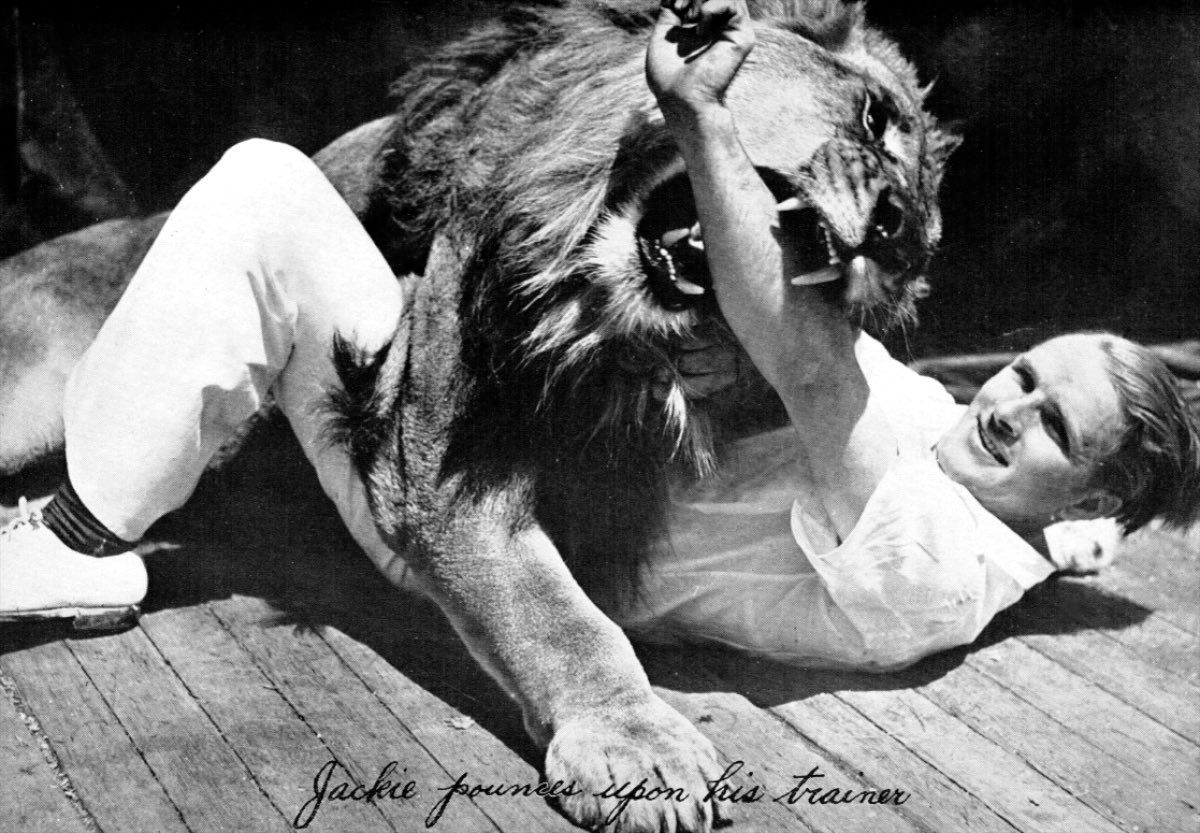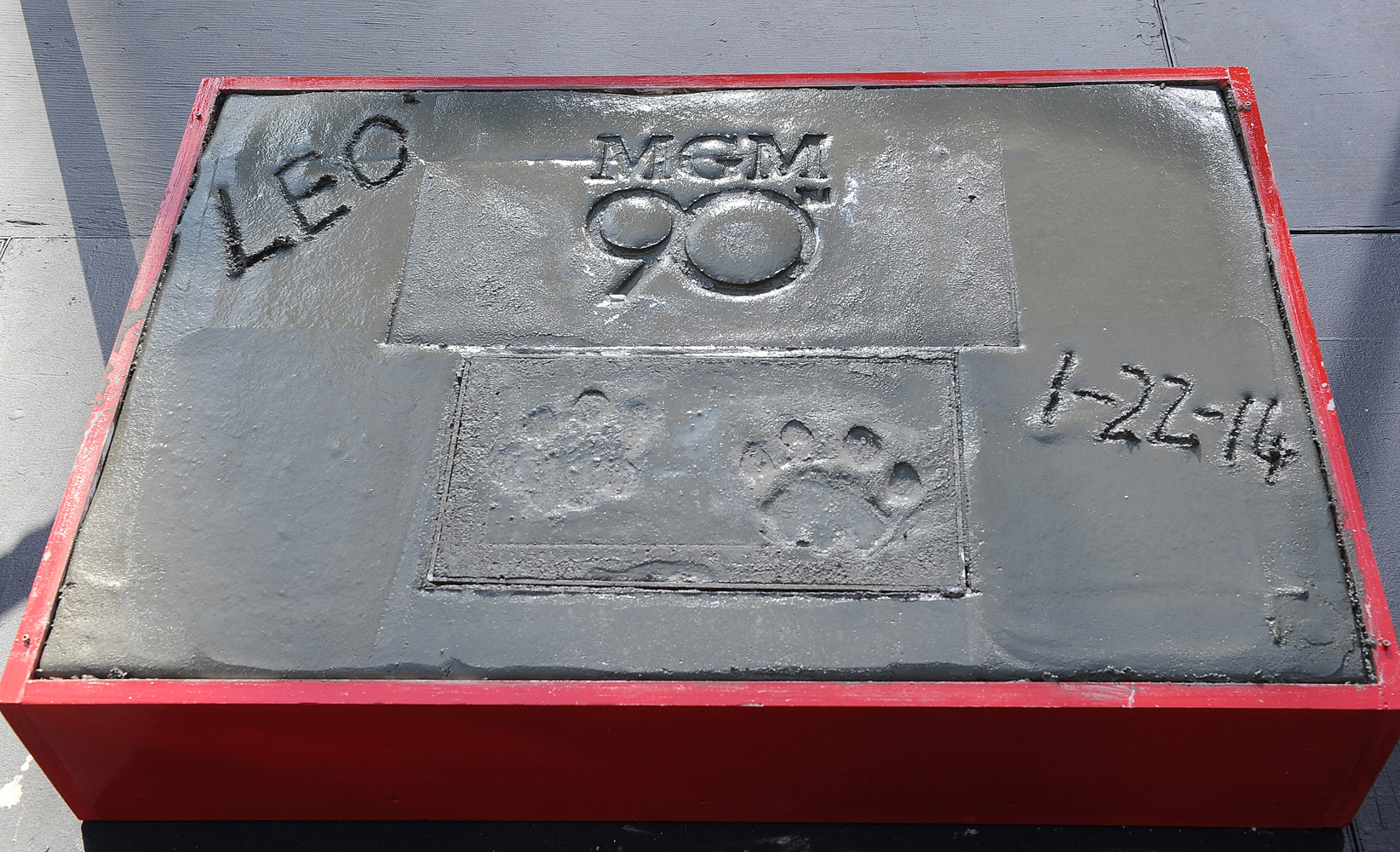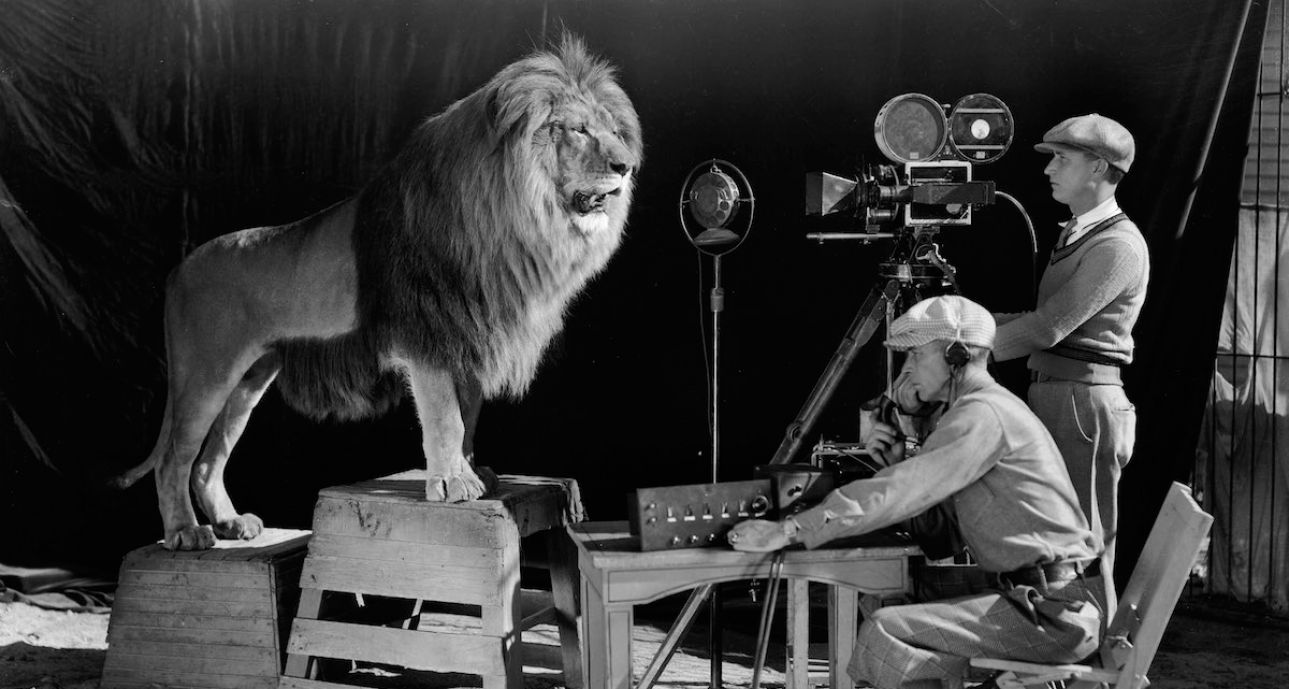
Rotations and Crashes: The Lives of the Lions from the MGM Credits
The credits featuring a lion were first created in 1916 for Goldwyn Pictures, which became Metro-Goldwyn-Mayer (MGM) in 1924 after merging with two other movie studios. A lion named Slats became the first official face of MGM (he was namely a ‘face’, not a voice: films were silent back then, and the iconic lion roar was not on the credits yet). Slats was born in the Dublin Zoo, and emigrated to the US as a cub, to join Jungleland USA, a private zoo in California. The inhabitants of this zoo were often featured in Hollywood movies: the owner hired the best trainers for them, and then rented them to movie studios.
Slats appeared in the constantly changing credits of the studio, until he retired in 1928. He was replaced by Jackie the lion, whose roar the audience could already hear — pictures with sound were gaining ground. Jackie came from a family of actors: his mother was featured in several dozen Hollywood movies, and his grandmother must have been the first lion to be ever featured on screen. Jackie himself did not only roar in the credits: in his lifetime, he acted in about a hundred Hollywood blockbusters, including the legendary Tarzan. This was not the only thing he was famous for, though. Jackie is also known for having survived a record number of accidents. He was twice in a train crash, he was on a sinking boat, and he also lived through an earthquake, an explosion in the studio, and even a plane crash.
MGM ruthlessly used their lions for promo purposes: the poor animals had to spend months on end touring around the country in a wagon-cage with barred walls. In 1929, the producers went even further: they remodeled a small single-engine plane, mounted a case on it so that it would be visible from all sides, wrote Leo, MGM Flying Lion on board of the plane, and sent Jackie on a multiple-hour promotional flight from San Diego to New York City. The plane did not make it to the destination though: it crashed in the desert in Arizona (luckily from a low height). The pilot had to leave the lion alone for several days to get back to civilization and call for help. But even after this kind of adventure Jackie survived, so he was dubbed ‘Leo the Lucky’.
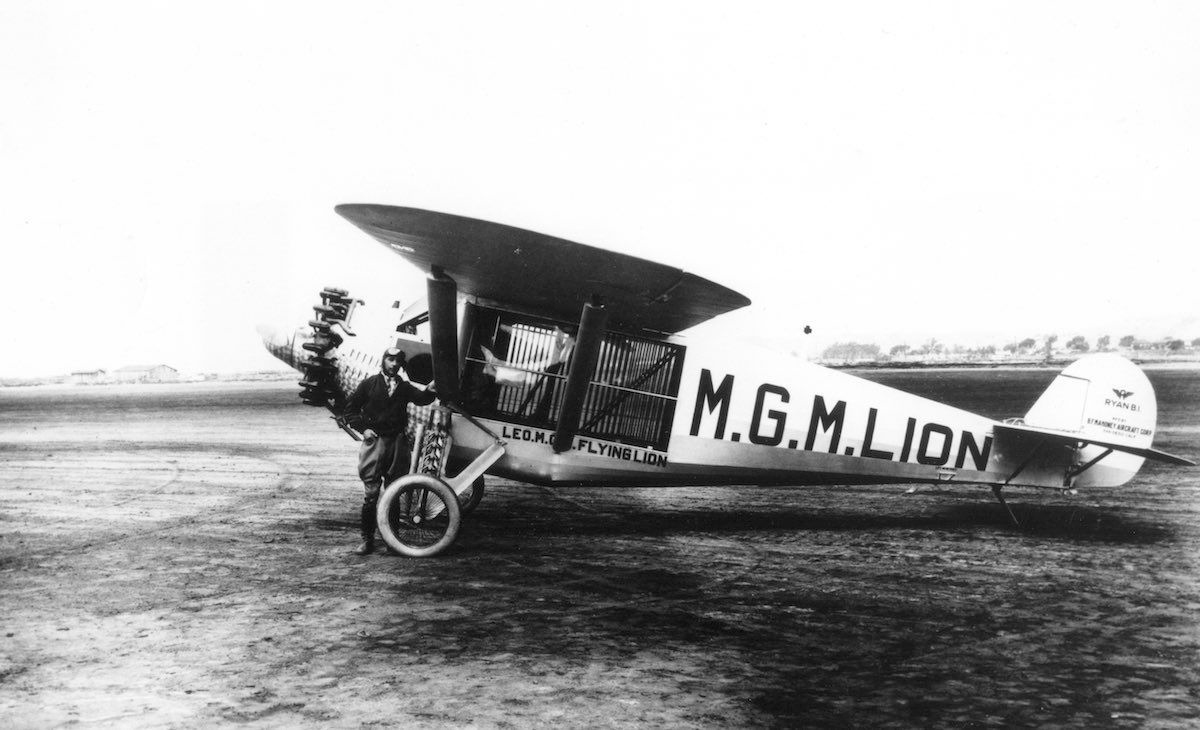
The plane for the promotional flight. Photo: San Diego Air and Space Museum Archive
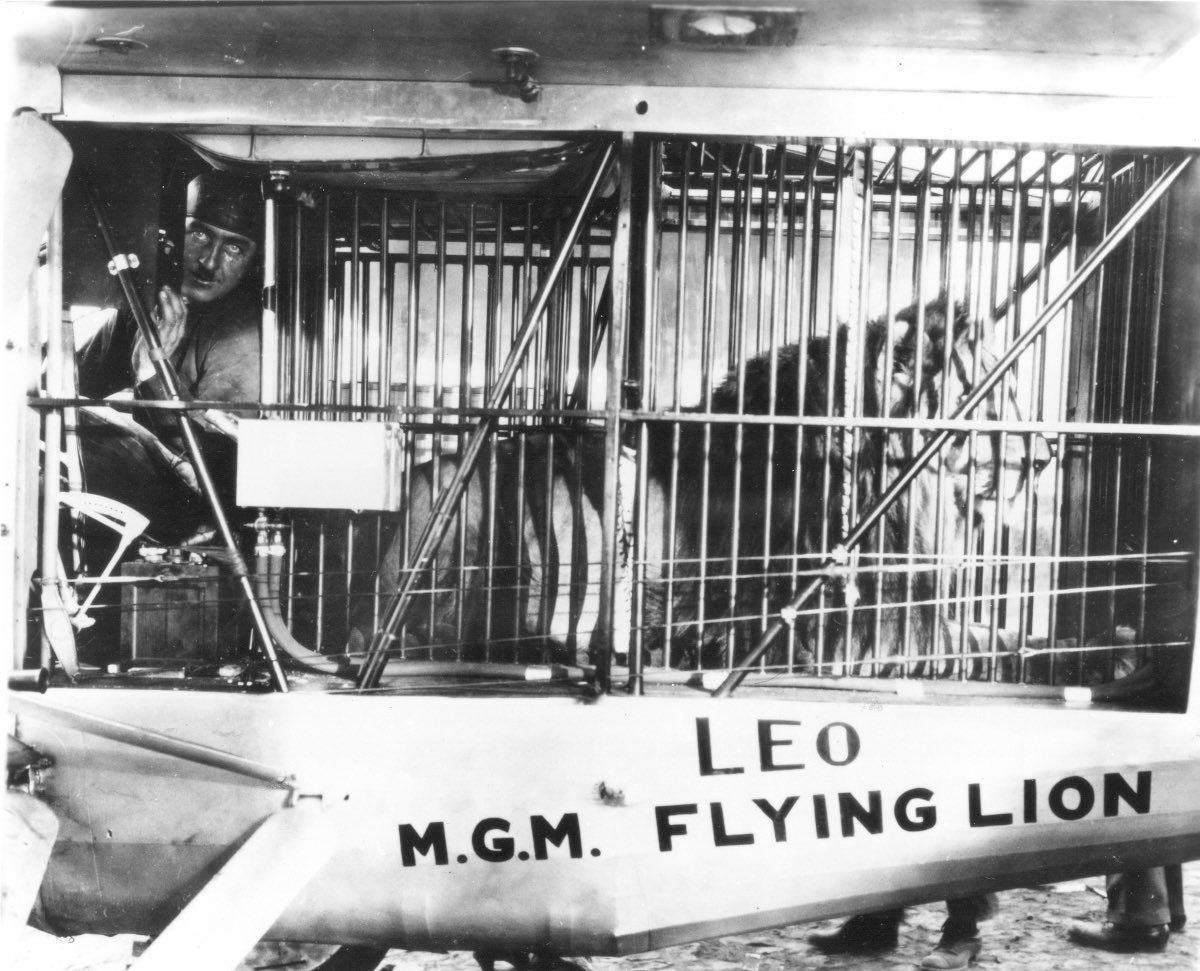
A lion in the cage of the promotional aircraft. Photo: San Diego Air and Space Museum Archive
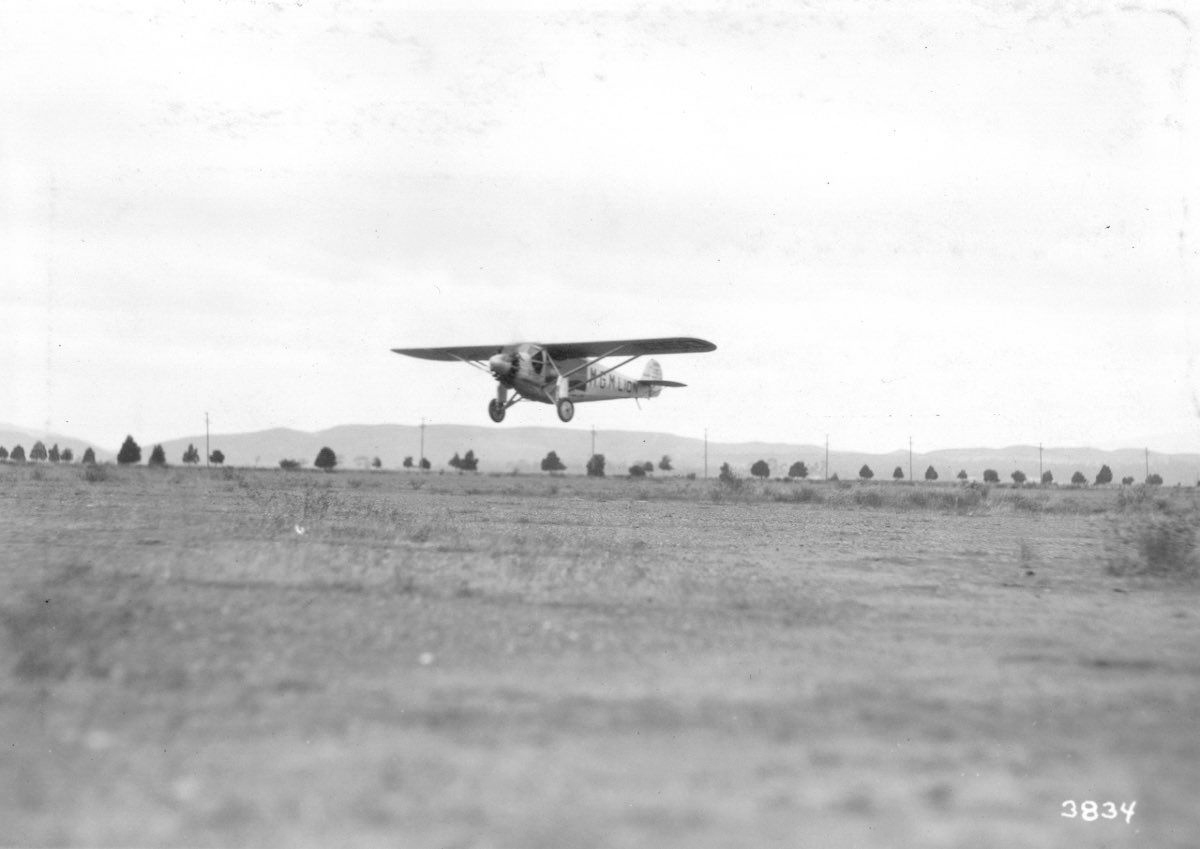
Take-off. Photo: San Diego Air and Space Museum Archive
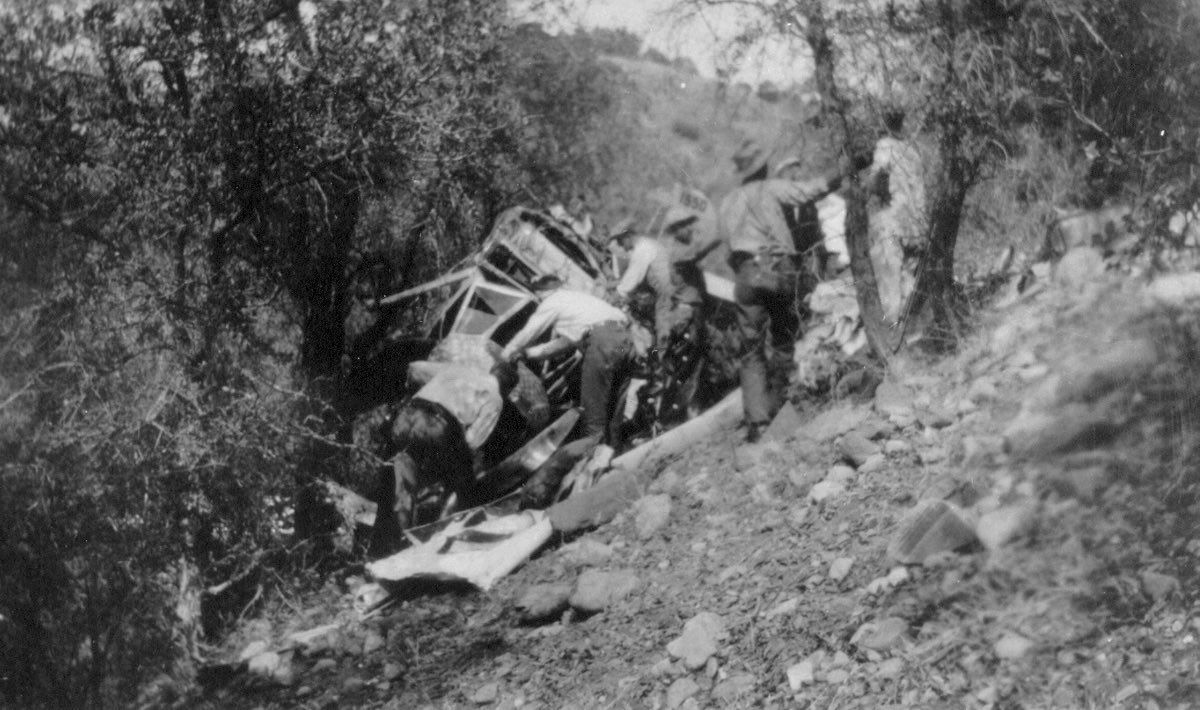
Rescue team at the crash site. Photo: San Diego Air and Space Museum Archive
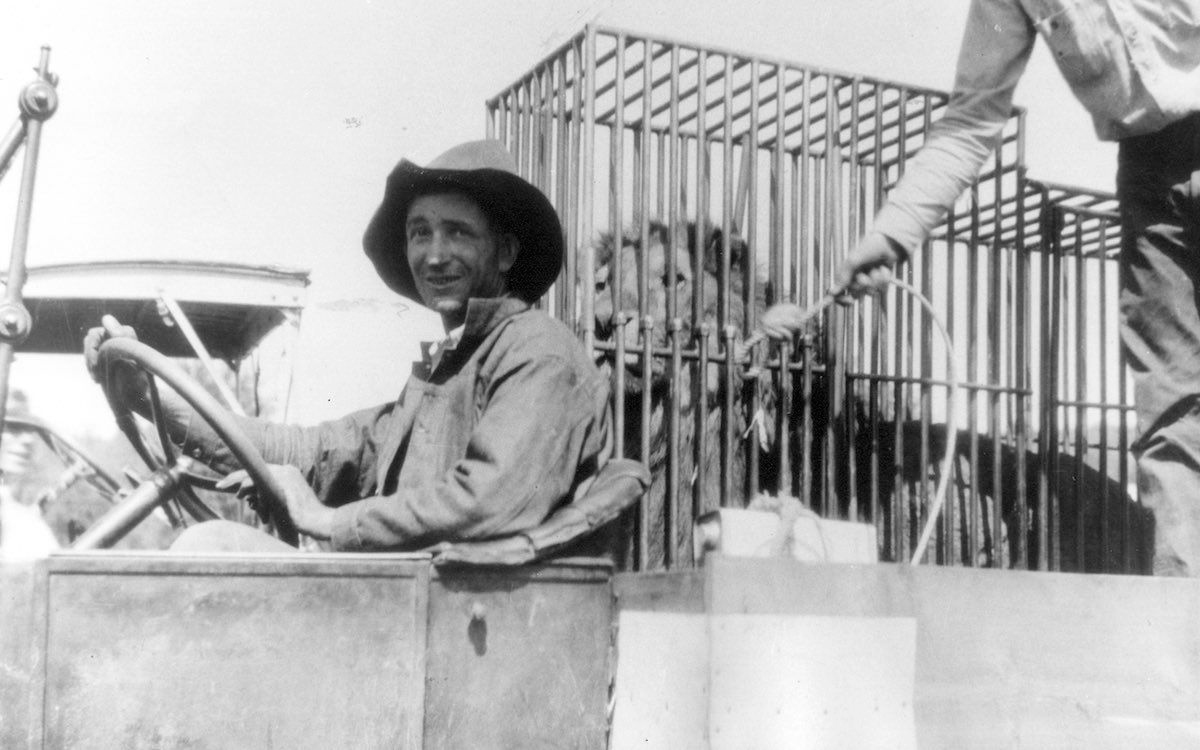
The lion who survived the crash is being brought back to the studio. Photo: San Diego Air and Space Museum Archive
The next lion, Tanner, was first featured by the studio in 1934, and marked the beginning of the color movie era: it is Tanner who appears on the credits for Gone with the Wind and other Hollywood masterpieces of those years. At the same time, Jackie continued to be featured for credits of black-and-white movies until 1956.
Leo, the last lion, came to MGM in 1957, and served as the studio’s face longer than the others — for almost 60 years. Like the other MGM lions, Leo appeared in many movies and advertising videos and was famous for his angelic characters: in one of the TV shows, a blind teenager girl was stroking him, and he kept sitting in front of the camera like it was nothing. It has to be mentioned though that all MGM lions were very well brought up, so a popular urban legend that says one of them ate a trainer once is outrageous slander.
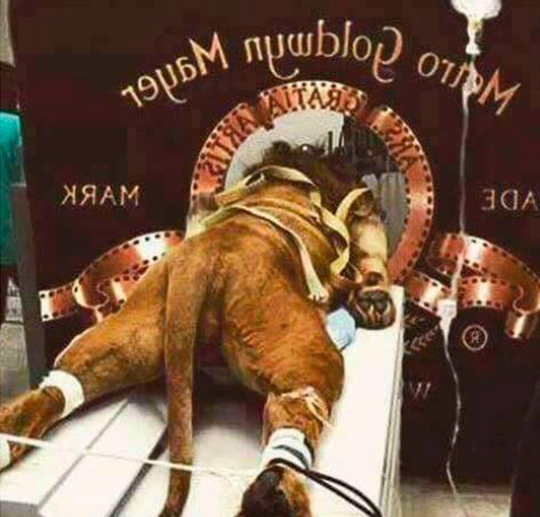
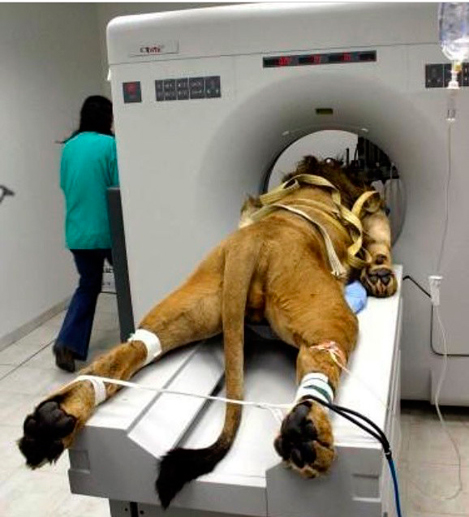
The widely shared photo on the Internet of a lion tied up for shooting the credits is also slander, or to be more exact, photo editing. In the original photograph, a lion named Samson from the Tel Aviv Zoo is undergoing an MRI in one of Israel’s hospitals in 2005. All MGM lions were playing in the movies voluntarily, as much as that’s possible.
New and best
